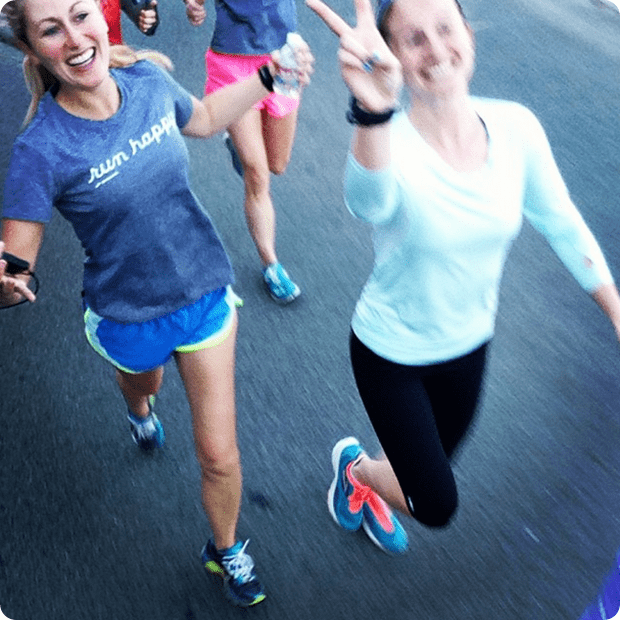Running has always been an important part of peoples lives. From the start of time it was vital for survival, because if you wanted food you would have to hunt, and to hunt you needed to be able to run. It has evolved since then however, now being seen as a sport which is healthy and a fun way to pass time.
Competitive running is thought to have first originated in 1829 BC, and has come from religious festivals in Greece, Egypt etc. The Greek Olympic games are thought to be what first kick-started running and athletic events competitively.
Nowadays running is a fun, leisurely activity people do, to stay fit, healthy and to socialize with other people. Running clubs, Couch to 5k and various athletic groups are becoming increasingly popular. Schools are pushing athletic modules and encourage their students to run whenever they have the time.
Running is an easy sport to take up. All you need is 30 minutes to spare and you can head out for a run. Even if you feel you're not capable of running for too long a time, you can alternate between jogging and walking. It has enormous health benefits and is a good way to clear your head. I would highly recommend it to anyone considering taking up a sport of any sort.

Photo Credit:http://www.fannetasticfood.com/wp-content/uploads/2013/10/run_happy_thumb.png

